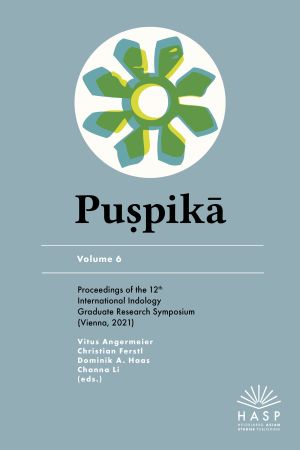Zitationsvorschlag
Lizenz (Kapitel)

Dieses Werk steht unter der Lizenz Creative Commons Namensnennung - Weitergabe unter gleichen Bedingungen 4.0 International.
Identifier (Buch)
Veröffentlicht
On the Sources of the Nāgakumārāvadāna of the Bodhisattvāvadānakalpalatā
In this paper, three kinds of Nāgakumāra narratives in the Mūlasarvāstivāda traditions are discerned: 1. vālukā (‘gravel’); 2. pravrajyā (‘going-forth’); 3. mithyāpraṇidhāna (‘wrong-wish’). The 60th chapter of the Bodhisattvāvadānakalpalatā (BAK) titled Nāgakumārāvadāna is identified as the less known vālukā story. By close reading of 11 verses in the Nāgakumārāvadāna while comparing with the parallel texts in the 55th chapter of the Karmaśataka (KŚ) titled Klu and related passages in the Mūlasarvāstivādavinaya Pravrajyāvastu (MPV), I argue that the Nāgakumāra story in the BAK is textually more akin to KŚ than MPV. Moreover, I argue that Kṣemendra fully and actively utilized available sources ranging from KŚ to Mūlasarvāstivādavinaya-vastus when producing a new tradition of Buddhist narrative literature, i.e., BAK.
Keywords Bodhisattvāvadānakalpalatā, Nāgakumārāvadāna, Karmaśataka, Mūlasarvāstivādavinaya Pravrajyāvastu









